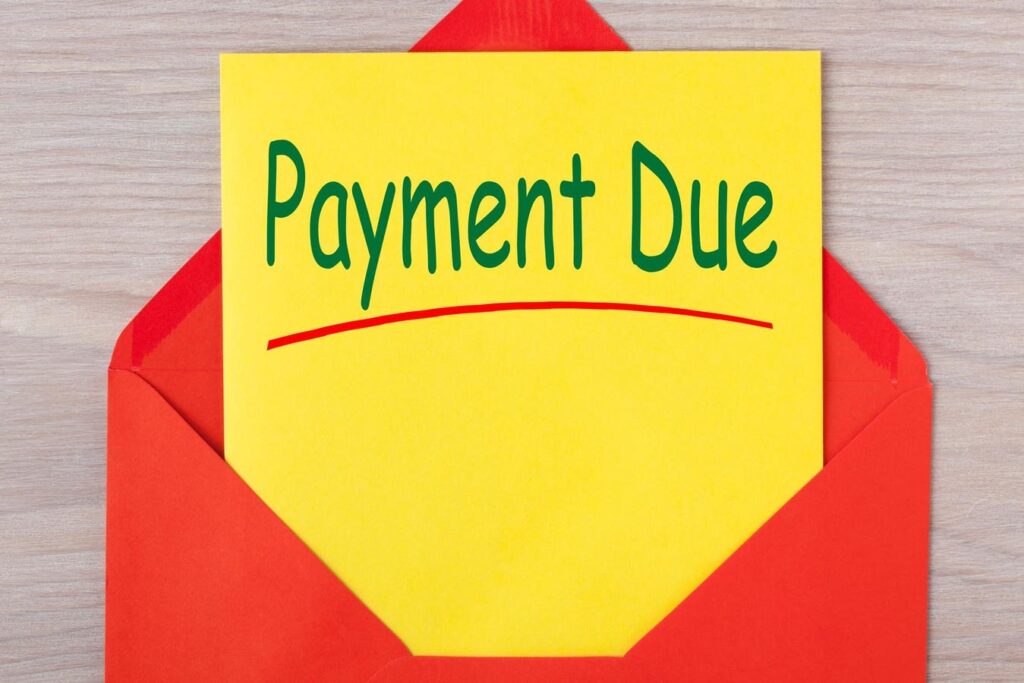Late payments have a significant impact on EU businesses, particularly small and medium-sized enterprises (SMEs), which represent 99% of companies in the region. Payment delays disrupt cash flow, leading to liquidity shortages that hinder daily operations, stifle growth, and limit investment opportunities. These disruptions often compel businesses to rely on costly loans to meet their operational needs. According to the European Commission, only 40% of businesses in the EU receive payments on time, with late payments contributing to one in four SME bankruptcies. Tackling late payments is crucial for fostering a more stable and resilient business environment across the EU.
EU regulatory framework
In 2011, the European Union introduced the Late Payment Directive to tackle the issue of delayed payments in commercial transactions. The directive sets a maximum payment term of 30 days for public authorities and 60 days for business-to-business (B2B) transactions, except where longer terms are expressly agreed upon and are not considered grossly unfair. It also entitles creditors to automatic interest on late payments without requiring reminders, with interest rates set at 8% above the European Central Bank’s reference rate. Additionally, creditors can claim a fixed minimum compensation of €40 for recovery costs, along with reasonable reimbursement for any additional recovery expenses, such as legal fees or costs associated with debt collection. The directive prohibits grossly unfair contractual terms or practices, such as excluding interest on late payments or recovery cost compensation. Such provisions are considered unenforceable and may be subject to legal challenge.
Although the directive has improved payment practices across the European Union, it has not completely eliminated late payments. Key weaknesses include the lack of precise definitions, such as what constitutes “grossly unfair” terms, inadequate enforcement mechanisms, and insufficient preventive measures to deter unfair payment practices.
To tackle the limitations of the Late Payment Directive, the European Commission proposed a new regulation in September 2023. The regulation sought to establish a uniform maximum payment term of 30 days for both B2B transactions and payments by public authorities, eliminating exceptions for extended payment terms. It also mandated the creation of national enforcement authorities to monitor compliance and impose penalties for violations. Despite its ambitious goals and the Commission’s estimate of reducing late payments by 35%, the proposed regulation faced substantial opposition and was ultimately withdrawn in June 2024. Many stakeholders expressed concerns over its impact on contractual freedom and its one-size-fits-all approach, which failed to consider industry-specific needs.
E-invoicing: a tool for payment efficiency
In recent years, the adoption of electronic invoicing has gained substantial momentum in the European Union, driven by digital transformation initiatives and regulatory mandates. While e-invoicing is widely recognized for modernizing business processes, it also offers a valuable opportunity to mitigate late payments.
One of the most tangible benefits of e-invoicing lies in its ability to enhance payment efficiency. By reducing the invoice-to-payment cycle, automation minimizes errors, ensures immediate delivery, and facilitates real-time tracking of invoice statuses. Studies indicate that e-invoicing can accelerate payment timelines by 5 to 7 days compared to traditional invoicing methods, as it effectively targets both buyer-driven delays and seller-related invoicing errors—two primary causes of late payments.
Buyer-driven delays often result from inefficient internal processes, such as slow, manual workflows for invoice approval or rigid policies like scheduled “payment runs.” E-invoicing streamlines these processes by ensuring that invoices are promptly delivered to the appropriate recipient, facilitating quicker approvals and reducing the need for manual intervention. Furthermore, it integrates seamlessly with enterprise resource planning systems, enabling faster and more accurate invoice processing.
Late payments are also frequently caused by invoicing errors that require resolution before payments can be made. Common issues include invoices being addressed to the wrong legal entity, missing postal addresses, incorrect purchase order numbers, or errors in the tax treatment of transactions. These discrepancies often lead to disputes or corrections that delay payments. A study found that approximately 15% of invoices in Europe were delayed due to such inaccuracies. While e-invoicing cannot entirely eliminate data quality issues, it minimizes these errors by utilizing standardized, structured formats that ensure consistent data entry.
Despite these clear advantages, e-invoicing is not a universal panacea for late payments. While it enhances operational efficiency and reduces many common barriers to timely payment, it does not inherently address payment behaviors. Businesses that deliberately delay payments are unlikely to change their practices solely because invoices are digital. This highlights the continued importance of regulatory initiatives in addressing deliberate payment delays and ensuring compliance with agreed payment terms.
The road ahead
The widespread adoption of e-invoicing is becoming inevitable, driven by a combination of regulatory mandates and the relentless drive for operational efficiency. While e-invoicing is not a standalone solution to the issue of late payments, it acts as a powerful complement to regulatory frameworks. Addressing late payments effectively requires a two-pronged regulatory approach: holding buyers accountable for adhering to agreed payment terms while ensuring suppliers have the flexibility to structure payment arrangements in a way that aligns with their cash flow needs.
Promoting the broader adoption of e-invoicing is particularly crucial for the SME sector. In 2023, only 37% of small companies in the European Union utilized e-invoicing, compared to 60% of large enterprises. This disparity can be attributed to several barriers. For many SMEs, the cost of implementing e-invoicing systems can be prohibitive, especially for businesses with lower invoice volumes. Furthermore, the technological infrastructure and expertise required to adopt e-invoicing are often insufficient. To address these challenges, governments could provide targeted incentives to support businesses in the transition to mandatory e-invocing.
The opinions expressed in this article are those of the author and do not necessarily reflect the views of any organizations with which the author is affiliated.
Read the full article here

